Ignoring Amazon’s compliance requirements can have disastrous consequences for your Amazon business. From having your listings blocked to account deactivation, the risks are real.
What are those requirements and how can I stay compliant are two questions you should know the answer to. That’s why we’ve created this guide to Amazon product compliance so you know where to look to find those answers and how to handle a compliance violation.
What are Amazon’s Compliance Requirements?

Amazon’s product compliance policies are a set of regulations put in place to ensure the best customer experience and safety on the Amazon marketplaces – and are a reflection of the government-imposed compliance requirements in the countries you import from and sell in. They shouldn’t be taken lightly.
Amazon states that “customer safety is of paramount importance to Amazon.” Their poignant commitment to safety means they won’t hesitate to take action against your Amazon storefront if they’re not satisfied that you’ve met their regulations.
We understand that running your eCommerce store is exciting. It’s easy to get caught up in the ‘exciting’ topics around growing your business or proving the ROI of your work if you’re within a large organization – topics like profit margins, ROAS, cash flow, optimizing PPC campaigns, and so on. Compliance? Not so much.
But, you HAVE to take care of the boring stuff to ensure the longevity of your eCommerce business.
Even the mighty fall victim to compliance issues. You don’t want to find your business in any of these situations:
- The McDonald’s hot coffee case that cost millions
- The hoverboards blowing up under the Christmas tree
- The side hustle turned lawsuit nightmare for the Buckyballs desk toy
Where can I find Amazon’s compliance requirements?
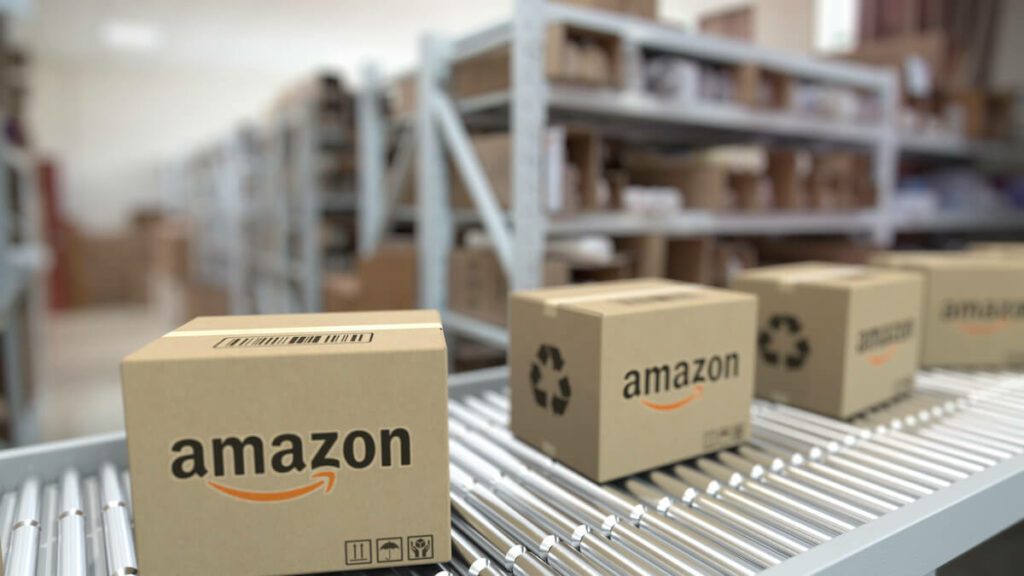
Luckily, Amazon has made it easy to find their compliance requirements from inside Seller Central. There are a few places you can search to find the requirements that apply to products you want to sell on Amazon, the most comprehensive of which is the Compliance Reference tool. You simply input where your product is shipping from and where you want to sell to view the compliance requirements relevant to your product.
But remember, it’s not just about knowing the requirements, it’s about understanding them and implementing them in your business to ensure customer safety and limit your liability.
Your Amazon Seller Account Health
Your seller account health is at the center of staying compliant – and the best way to view compliance updates once your products are live on any Amazon marketplace. So check it regularly.
You can access your account health dashboard by going to performance > account health in Seller Central.
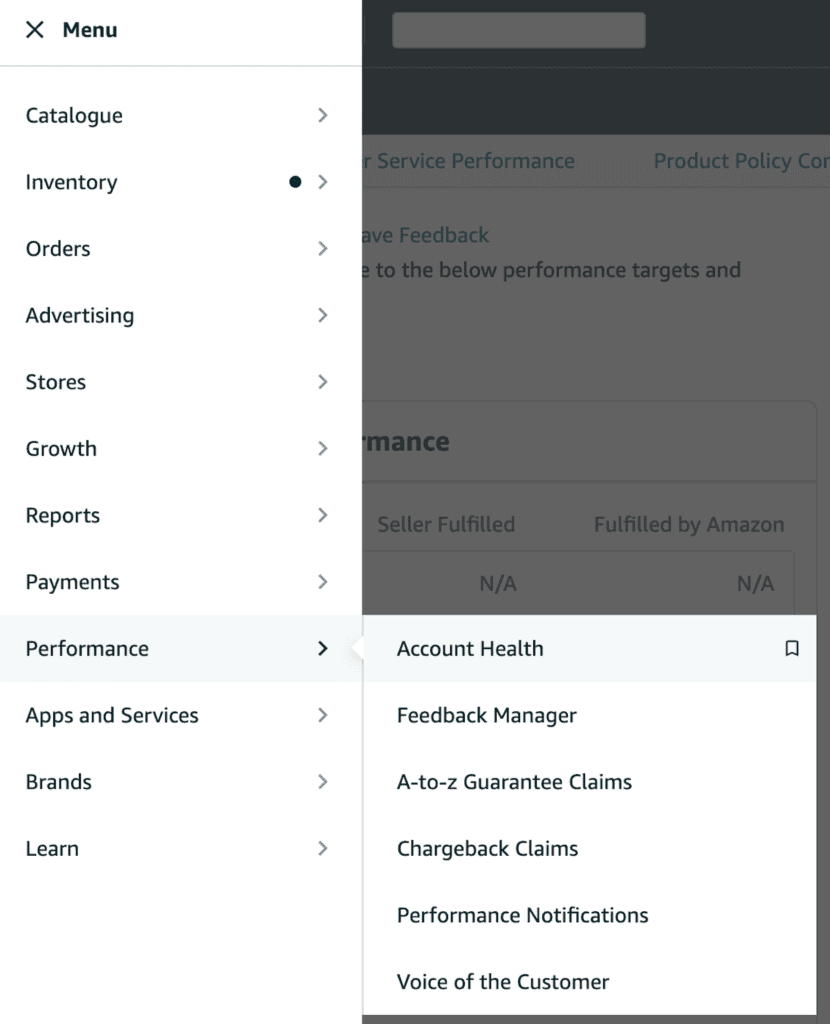
Here you’ll have full visibility of your seller accounts key metrics like:
- Customer service performance
- Policy compliance performance
- Delivery performance
- Any product compliance requests
It’s your first port of call to discover any compliance issues you must address.
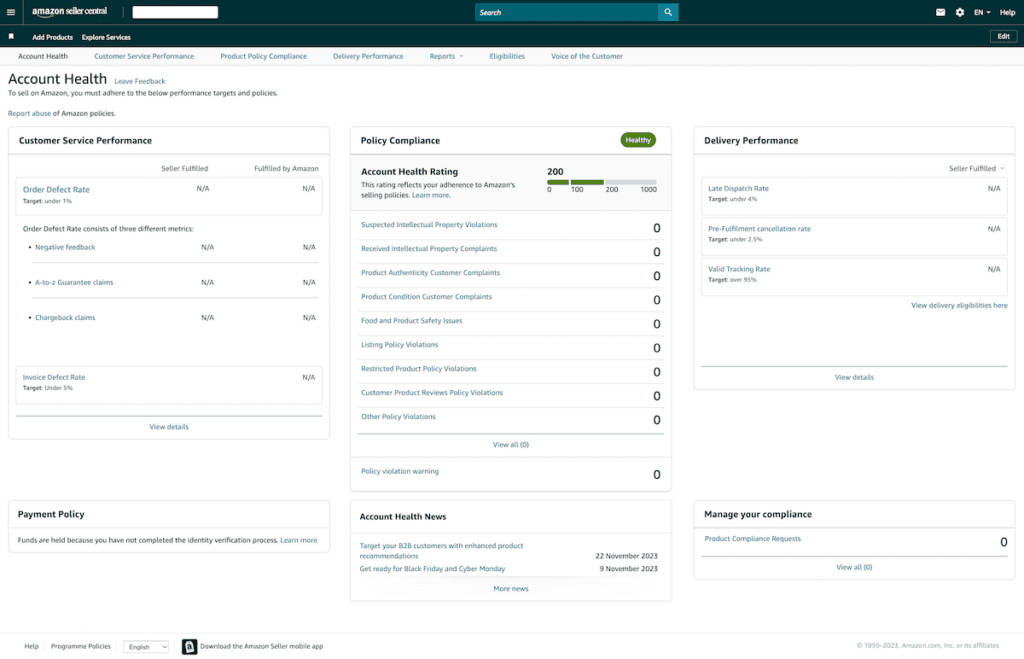
Amazon Product Compliance Documentation
Amazon compliance requests are usually raised when listing a new item. However, it’s not uncommon to receive them out of the blue when there’s a change in regulations, a complaint against your product, or an internal Amazon audit.
Here is some compliance documentation you may be asked for:
- Children’s Product Certificate (CPC)
- General Certificate of Conformity (GCC)
- Test Reports from an ISO 17025 Accredited Laboratory
- Nationally Recognized Testing Laboratory (NRTL) Compliance Documentation
- Registration cards
- Tracking labels
- Compliance markings
- Product instructions and manuals
How to upload your documents
From your account health page, you’ll see a section called ‘manage your compliance’.
Here, you’ll find any notices for document requests. By clicking on ‘product compliance requests’, you’ll be able to upload the required documentation and manage any previously uploaded documents.

How do you know if you violate an Amazon policy?
There are 8 different categories of product violations:
- Suspected intellectual property violations
- Received intellectual property complaints
- Product authenticity customer complaints
- Product condition customer complaints
- Product safety customer complaints
- Listing policy violations
- Restricted product policy violations
- Customer product reviews policy violations
You can check for violations in any category by heading over to your account health page. If you’re in violation, you’ll see a warning displayed on your dashboard and your account health rating will reduce.
TIP: Stores that sell gated products should check this section frequently. If you don’t address any violations in a timely manner, Amazon could block your listing or even deactivate your account entirely.
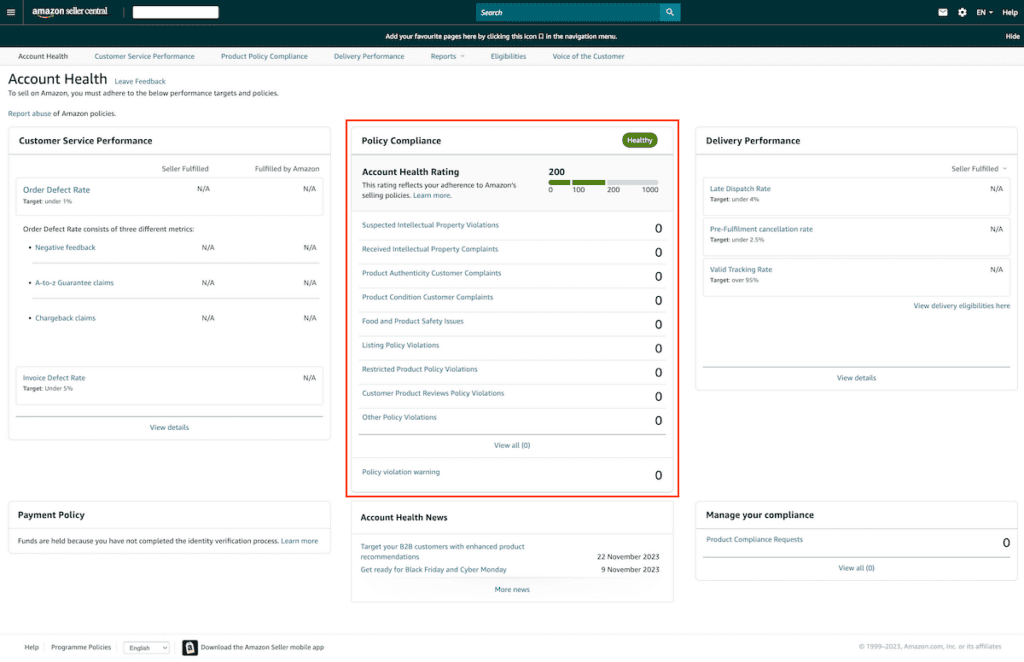
How to Address an Amazon Compliance Issue
In the event of receiving an Amazon compliance violation, the first step is simple – don’t panic.
- Step 1: Thoroughly understand the violation and identify the cause of the problem.
- Step 2: Write an appeal letter. This will include evidence gathered, relevant compliance documentation, and any other required documents. Typically, you’ll also be required to submit a plan of action. A strong action plan will take the form of an audit: find the root cause, identify corrective measures to fix the problem, and identify preventative measures to ensure the policy violation won’t happen again.
- Step 3: Submit all documents within 48 hours (or the deadline that Amazon provides).
- Step 4: Wait. Amazon could take up to 7 days to respond, so in the meantime, all you can do is wait for their judgment. If you haven’t received a response within 7 days, submit all your documentation again. The response to your appeal will appear in your account health dashboard.
What if the compliance issue leaves me with liability risk?
Dealing with compliance violations can be stressful and time-consuming. Even after appealing and putting a solid action plan in place to prevent the violation from happening again, it may still be possible for the past violation to come back to haunt your business.
Defective products that are already sold, for example, may leave you bearing product liability risk. That’s where your insurance comes into play. The hope is that you never need it, but product liability insurance is your safety net when compliance issues occur.
To find out more about product liability as an Amazon seller, read our full Amazon seller guide.

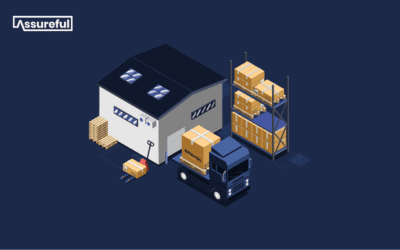


0 Comments